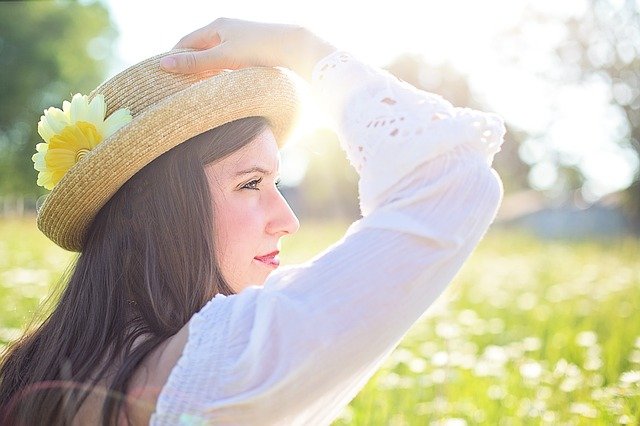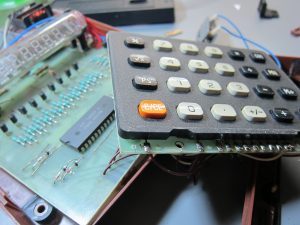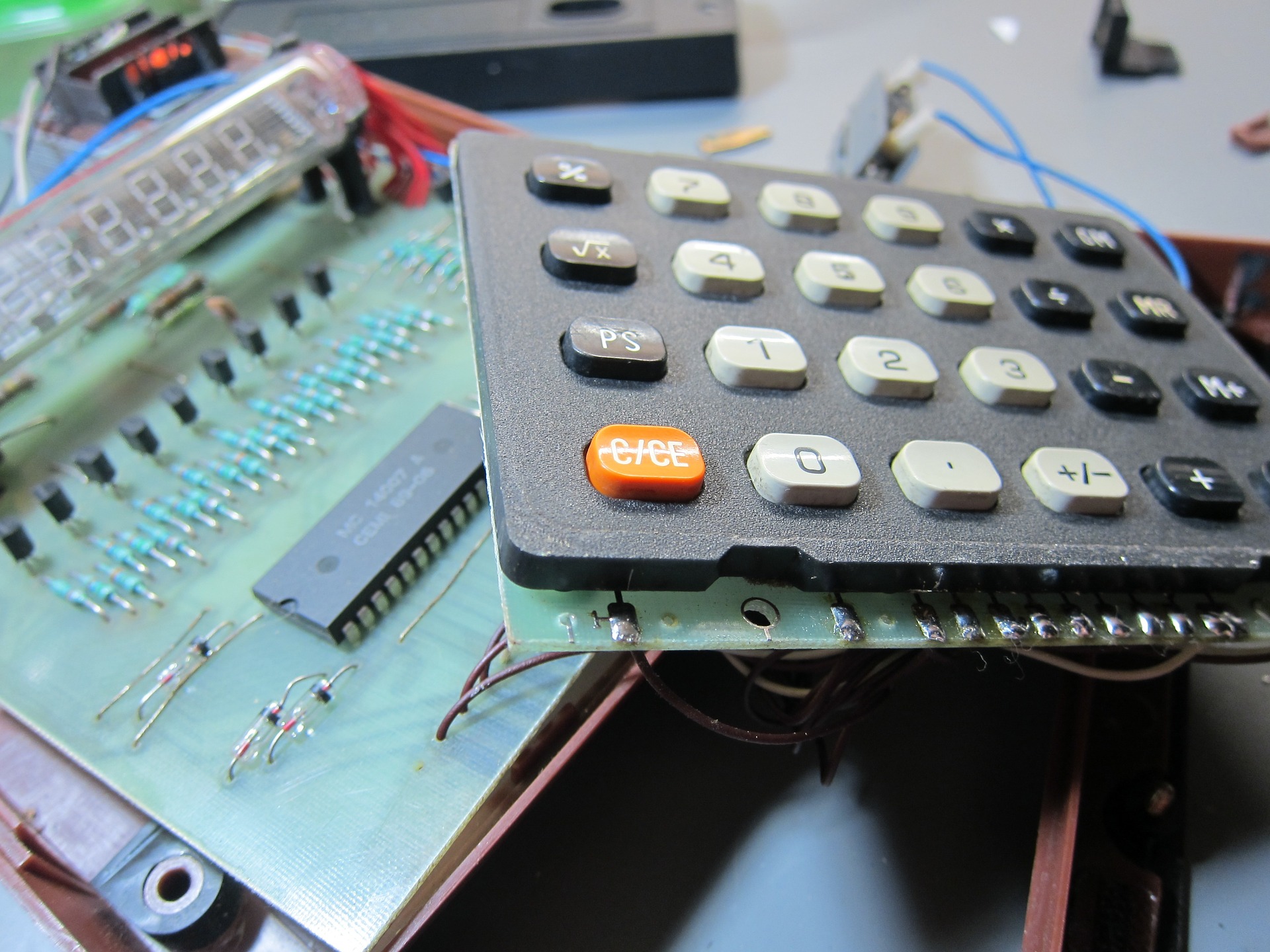When you understand the fundamental interior design principles you can change any space to look fabulous. You understand what it seems like when you walk into a properly designed room. You can sense how whatever feels cohesive and put together. It feels perfect. You can accomplish that result in your own home with a little knowledge of basic design concepts. Set that knowledge with practice and experimentation and you‘re on your way to developing a lovely home.
Balance
In design, balance creates a sensation of u shaped couch stability. It is everything about matching or estimating the visual weight of things. Balance is developed not simply through shape, however through color, pattern, and texture as well.
FEATURED VIDEO
5 Style Tricks for a Studio Apartment
There are 3 various sort of balance:
Balanced or official: Traditional or formal areas call for in proportion balance where the area is equally divided into two sides that mirror each other. For instance, 2 chairs on either side of a coffee table can be stated to be symmetrically well balanced. This type of balance is easy to accomplish as design components are repeated on each side. If you are not cautious, this type of balance can become tedious and dull.
Unbalanced or Casual: The visual weights of lines, colors, forms, and textures are stabilized without precise duplication. It is not as ordered as in proportion balance and can be more intricate and interesting. For instance, a sofa can be stabilized by positioning two chairs on the other side.
Radial balance is attained when there is a central centerpiece with other aspects radiating from it or around it. An example would be a round table, with chairs set up around it. There is a lot of repetition of form, texture, and color.
Rhythm
As in music, rhythm in style is all about developing patterns of repetition and contrast to develop visual interest. You can attain this by utilizing the exact same color or shape at various intervals. Its function is to move your eye around the space. For example, you can develop a rhythm by utilizing a color in the pillows, selecting it up in a painting, and echoing it once again in a carpet. These repetitions will assist bring your eye around the space.
Harmony
Consistency is produced when all the custom sofaelements act together to develop a unified message. Just as rhythm can produce excitement, harmony creates a sense of restfulness. For example, you can create harmony by using simply one color, despite the fact that your kinds differ considerably in shape, size, and texture.
Emphasis
A space where everything gets equal value will seem either spread or boring. You require an anchor. Architectural areas frequently have points of interest such as a fireplace or a window with a gorgeous view. You can choose to enhance the built-in focal point by organizing furniture around it to highlight it. In a space that does not have such a integrated sight, you can produce one through groupings of Mid Century Modern bed frame furnishings or using an unusual or large piece.
Proportion and Scale
Proportion is the ratio in between the size of one part to another, and scale is how the size of one item associates with another or to the area in which it is put. For instance, a big overstuffed sectional in a small room will run out scale.
Some proportional relationships are more pleasing than others. The ancient Greeks created the Golden Area, which looked for to decrease all percentage to a basic formula: The ratio of the smaller sized section to the bigger area need to be the same as that of the larger area to the entire. This proportion is present in nature, and artists and architects have actually used it also.





